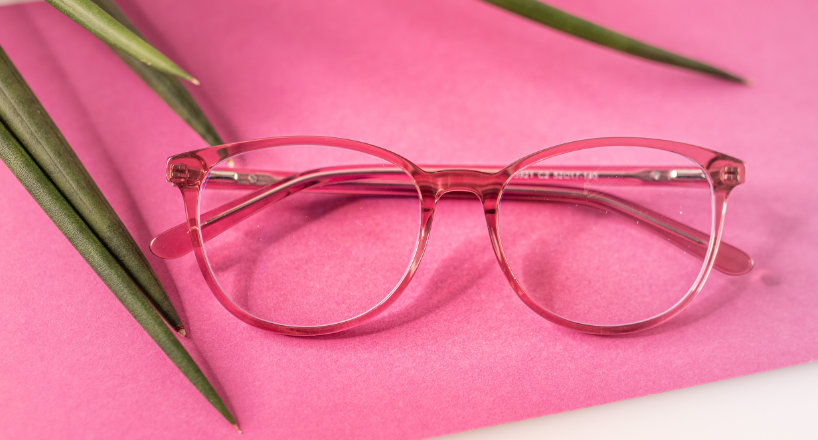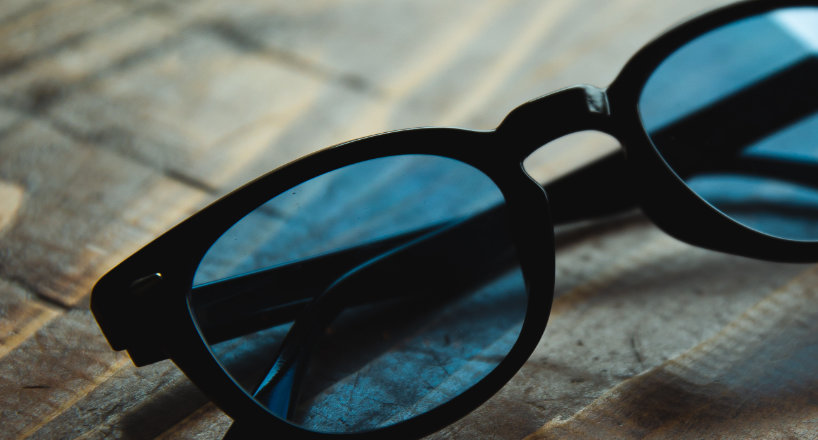Occupational bifocals and trifocals are specialized multifocal lenses produced for particular jobs, pastimes, or jobs. They are created for people– generally over 40– who have actually developed presbyopia, a condition in which the lens of the eye is damaged and it ends up being tough to see items that are close up. They vary from regular multifocal lenses because the amplified power areas to see close and intermediate objects are generally bigger and placed in a different location on the lens, according to the requirements of the designated task.
Occupational bifocal and trifocal lenses are planned for specific tasks and not for everyday usage. Here are a couple of examples:

Double-D Lenses
Double D (DD) lenses are a type of progressive lens that is designed to correct both distance and reading vision. They have two prescriptions, one for distance and one for reading, and they provide a smooth transition between the two prescriptions, allowing the user to see clearly at all distances without any visible lines.
Double D lenses are different from traditional bifocals, which have a visible line separating the distance and reading prescriptions. The double D design eliminates this line, providing a more natural and seamless transition between prescriptions. They provide a wider field of view for intermediate vision, which is the vision required for tasks such as computer work or reading a menu.
Double D lenses are recommended for people who have both presbyopia and another vision problem, such as myopia or hypermetropia, and who want to have just one pair of glasses for all their vision needs. They are also recommended for people who want a more natural and aesthetic look, as the lack of visible line makes them less noticeable.
It is important to note that some people may require an adjustment period to get used to the progressive nature of the lenses, and it’s always best to discuss with your optometrist to find the right lens that works best for you.

E-D Trifocal Lenses
E-D (Enhanced-Definition) Trifocal Lenses are a type of progressive lens that are designed to correct both distances, intermediate, and reading vision. They have three prescriptions, one for distance, one for intermediate, and one for reading, and they provide a smooth transition between the prescriptions, allowing the user to see clearly at all distances without any visible lines.
E-D Trifocal lenses are different from traditional trifocals and other progressive lenses, as they have a wider field of view for intermediate vision and a more precise reading area. They are designed to provide a sharper and clearer vision for tasks that require intermediate vision, such as computer work, reading a menu, or working on a task that requires fine details. They also have a wider reading area, which can be helpful for people who have to constantly switch between distance and reading vision.
E-D Trifocal lenses are recommended for people who have both presbyopia and another vision problem, such as myopia or hypermetropia, and who want to have just one pair of glasses for all their vision needs. They are also recommended for people who want a more natural and aesthetic look and for people who have a demanding visual lifestyle that requires a lot of visual acuity at different distances.
It is important to note that some people may require an adjustment period to get used to the progressive nature

Office or Computer Glasses
Multifocal lenses designed for workplace work offer the biggest section with an intermediate lens designated for seeing the computer system screen and a smaller sized location for restricted range vision. You can have progressive or trifocal lenses that include near vision as well.
Golf Bifocals
That’s right, there are even specialized lenses made for golf enthusiasts! Golfers need to see a wide range of distances throughout their video game from their scorecard to their ball on the tee, to holes far away to line up their drive.
In these lenses, the close sector is small and put on an external corner of one lens, to permit brief close vision but not interfere with the distance game. Generally, best-handed golfers will have the lens on the ideal side and vice versa.
Personalized Lenses
Requirement multifocals can be redesigned to adapt to particular tasks or pastimes merely by altering the size, shape, or place of the various sections. Lots of grownups over 40 would gain from having several pairs of multifocals to provide an ideal vision for various jobs or hobbies they enjoy. Note that occupational lenses are made specifically for the task they are designed for and ought to not be worn full-time, particularly while driving.